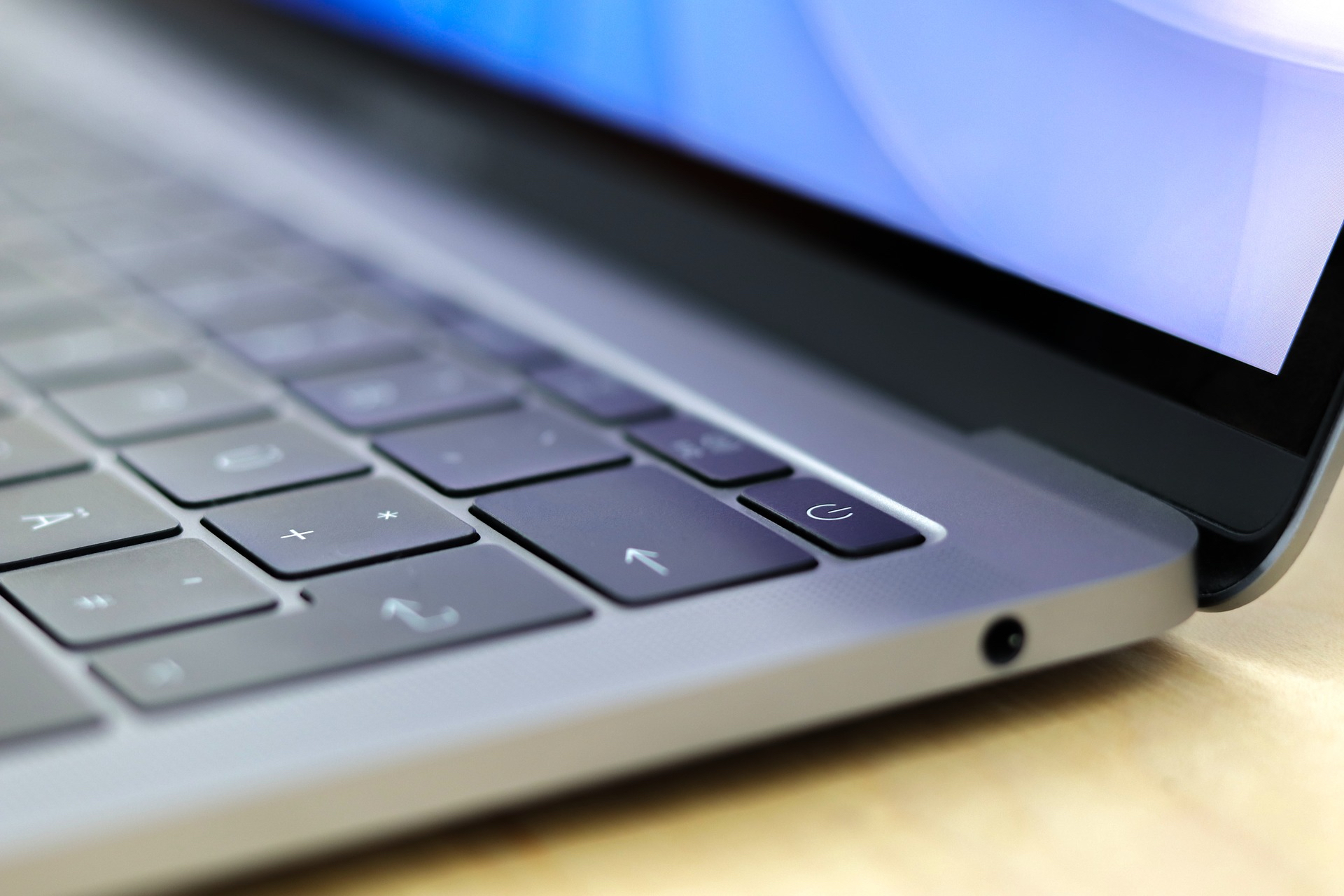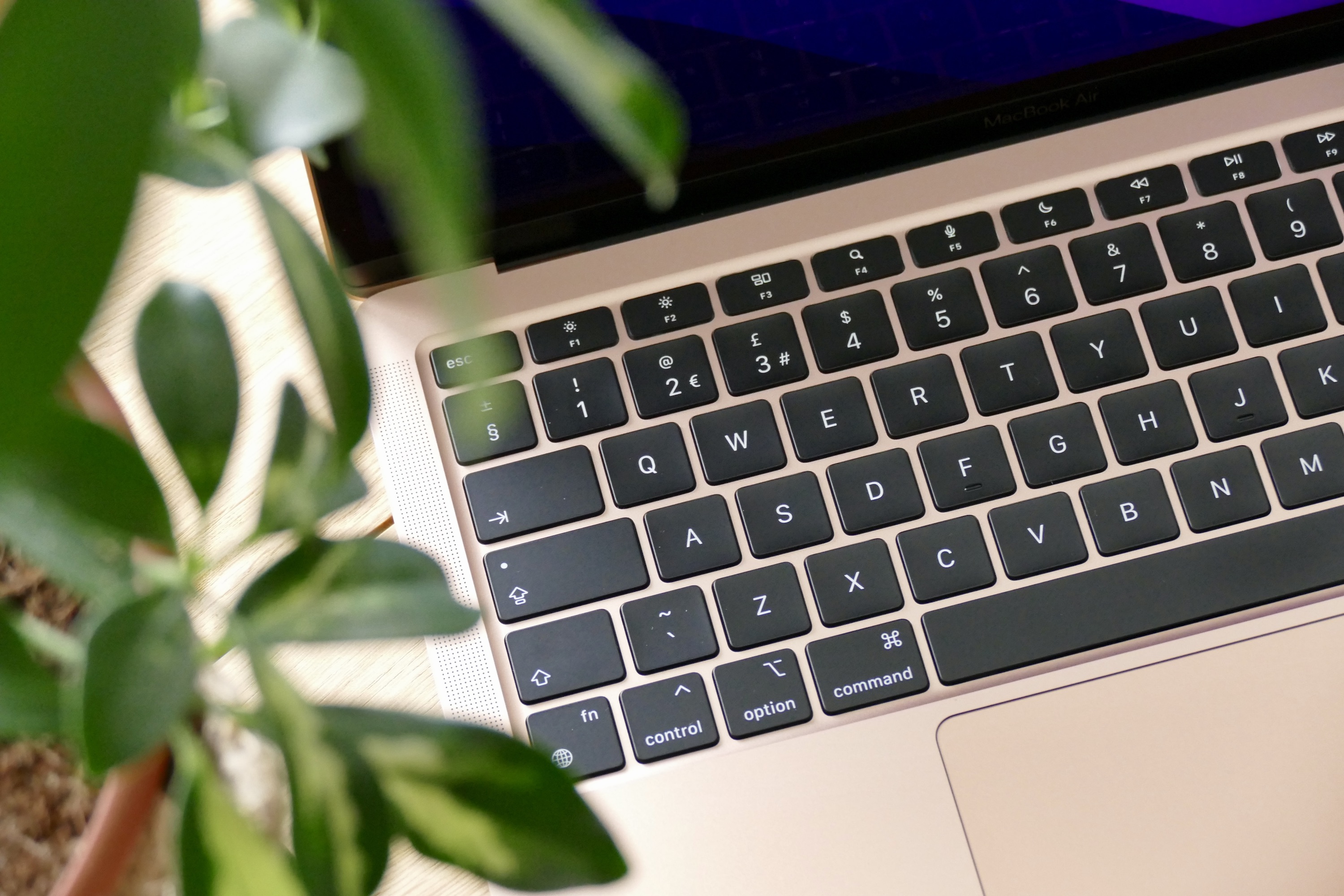Ever since I tried my first mechanical keyboard many moons ago, I’ve been totally sold on clicky switches and chunky keycaps. I use a mechanical keyboard for both my Mac and my PC, and typing on Apple’s Magic Keyboard, as good as it is, just feels weird to me these days.
That means that when I saw that Apple has been granted a patent for a weird new keyboard concept, my ears immediately pricked up.
But the unusual idea described in this patent is not only interesting for me — if it ever comes to fruition, it could completely change how you type on all the best MacBooks.
An ingenious idea

So, what exactly are we talking about here? Well, Apple’s patent describes a keyboard with a strange concept for marking glyphs and letters on its keycaps.
Before I get into that, it’s worth noting that printed and painted keycaps — the type you’ll find on oodles of cheap keyboards — easily rub off over time. Most companies get around this by using a variety of alternative methods, such as combining two plastic colors in the keycap moulding. The resulting glyphs will never rub away, although the resulting keyboards are more expensive.
But apparently that’s not enough for Apple. It seems the company felt that if it was going to make better keycaps, it may as well go the whole hog.
Apple’s patent — simply titled “One-way visibility keycaps” — describes a plan to make keycaps that come with a grid of tiny perforations etched on their top surfaces. These holes would be too small for the eye to see but could still be backlit from below.

Now for the interesting bit. Because each keycap has a grid of perforations, the backlighting could be adjusted to display whatever glyphs you wanted on your keys. By illuminating some of the tiny backlights but not others, the lights could work like the pixels in a screen and show anything you want.
In fact, Apple’s patent says the backlighting could comprise mini-LED or OLED lights, essentially turning the keycaps into miniature monitors.
This would be useful if you wanted to change your keyboard layout or display emojis and symbols. When not in use, the lights would dim and the keyboard would take on a plain appearance without any glyphs at all, giving a smooth, unbroken look to your MacBook’s surface. It’s a clever idea and a very “Apple” one at that.
So many questions

This concept could have all kinds of interesting uses. You might want to switch keyboard layouts and languages without having to use a different keyboard, for instance. You could get quick access to little-used symbols, or bring up palette of emojis then hide it again. That last possibility seems like a way to partly resurrect the ill-fated Touch Bar, interestingly enough.
Still, there are questions over how exactly this keyboard would work. What happens if you damage it in some way? It would surely be a lot more expensive to fix than a regular keyboard. Even if you didn’t dent or damage it, its complex nature might end up raising the cost of your entire MacBook.
And there’s another thing. Apple’s patent says the keycaps could be made from different materials instead of plastic, with aluminum being one possibility. This might radically alter the feel (and sound) of your keyboard.

For some users, especially those looking for a more premium aura for their device, this might be an improvement over the regular Magic Keyboard. But I can imagine other users will feel instantly put off, as it’ll be very different to the feel they’re used to getting from a keyboard. That could make it highly divisive.
For now, there’s no way of knowing exactly how people will react. Indeed, since this concept is only a patent, it might never even come to fruition. Apple regularly explores ideas in its secret labs and then patents the results, but that’s no guarantee that the company will ever decide to turn its ideas into working products.
Still, if this design ever sees the light of day, it has the potential to change how your MacBook keyboard works forever. For someone who cares as much about typing feel as I do, that’s a fascinating possibility.




